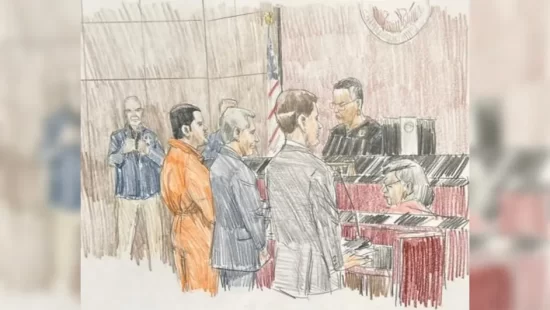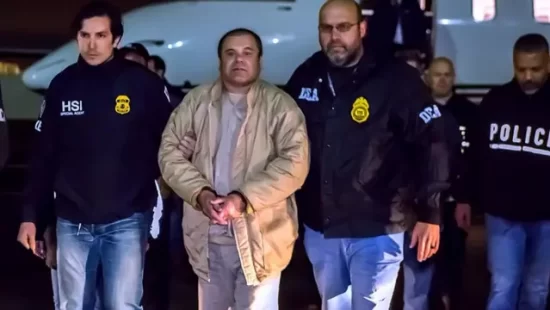Parriva believes that learning the stories of the deceased is a way to honor them and make them part of the community’s struggle in these moments, in the days leading up to the Day of the Dead.
Days after President Donald Trump took office, immigration authorities began their crackdown on immigrants and detained Honduran national Genry Ruiz Guillen.
With this detention, ICE’s archive of immigrants who have died in custody began to grow.
The first year of the second Trump administration has been even deadlier than 2020, when the unchecked COVID-19 pandemic contributed to the high death toll in detention facilities. The rising fatalities this year are likely caused by several factors, including acute overcrowding, abysmal detention conditions, medical neglect, soaring mental distress, and even gun violence.
Across detention centers, overcrowding has resulted in dire and inhumane conditions. For example, a Massachusetts ICE field office used a windowless room as a holding area packed with “35 to 40 men” who had to share one toilet without privacy and sleep “head-by-toe” on the concrete floors. Similarly, at the Krome Service Processing Center in Florida, people were forced to sleep on the floor and were only given “a cup of rice and a glass of water a day.” ICE is refusing to give people enough food in some facilities and provides rotten food at others. These reports are understandably alarming family members and advocates.
Overcrowding and poor hygiene can spread and exacerbate diseases, leading to deaths. But medical neglect in detention can lead to equally harmful consequences. Sick detainees are being denied care, leading to unnecessarily worsening medical conditions. NPR reported that a man with a “serious eye infection for almost two weeks” and a “fever” was denied medication for both conditions.
The Trump administration’s immigration detention policies and the resulting appalling conditions have also led to disastrous effects on detainees’ mental health. Three of the reported deaths are by apparent suicide. Twenty-seven-year-old Brayan Rayo-Garzon was found “unresponsive in his cell with a blanket wrapped around his neck” in April 2025. During his two-week detention, his appointment with the mental health clinic was rescheduled twice. In June, Jesus Molina-Veya was discovered “unresponsive with a cloth ligature around his neck tied to the bottom rail of the top bunk.” Chaofeng Ge was also found “with a cloth ligature around his neck in a shower stall” four days after his intake assessment. Many other people have reported experiencing acute mental distress in detention, including suicidal thoughts.
A review of ICE records on the deceased seems like a “fairy tale” — the immigrants were reportedly healthy, showing no signs of illness, and suddenly, they ceased to exist.
Trump’s inhumane policy has gone so far as to freeze the hiring of health care personnel, despite ongoing reports of abuse.
Parriva believes that learning the stories of the deceased is a way to honor them and make them part of the community’s struggle in these moments, in the days leading up to the Day of the Dead.








